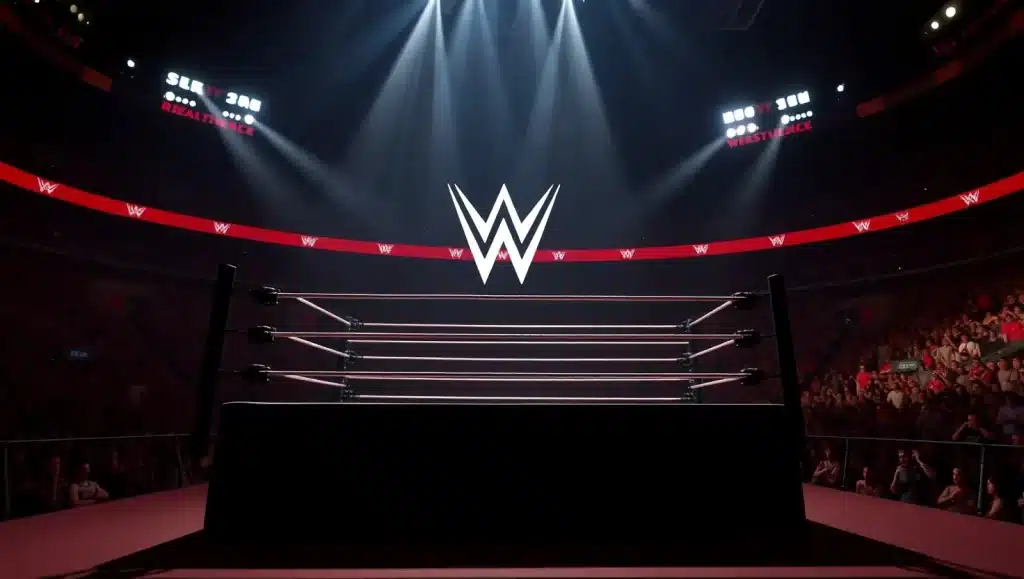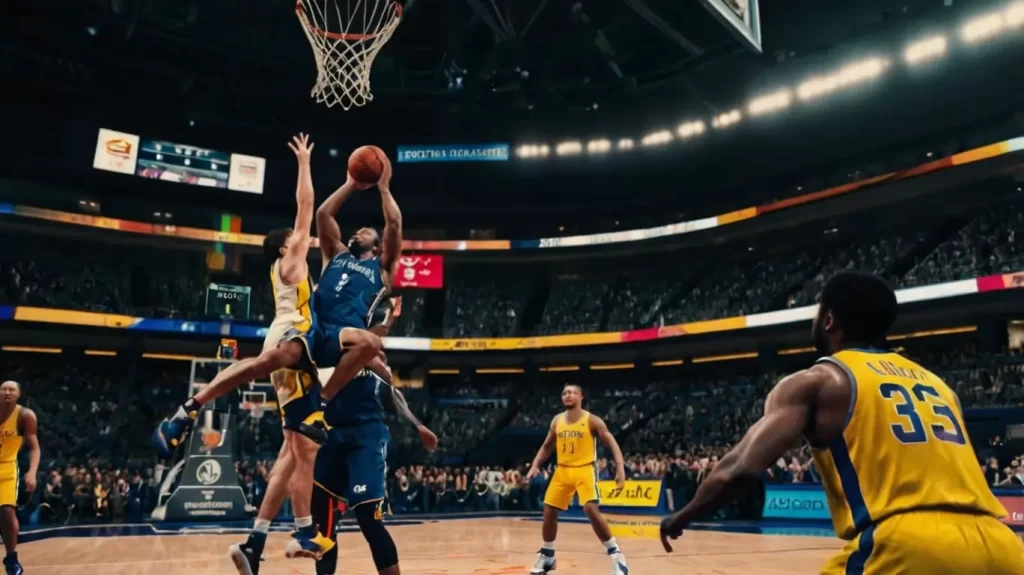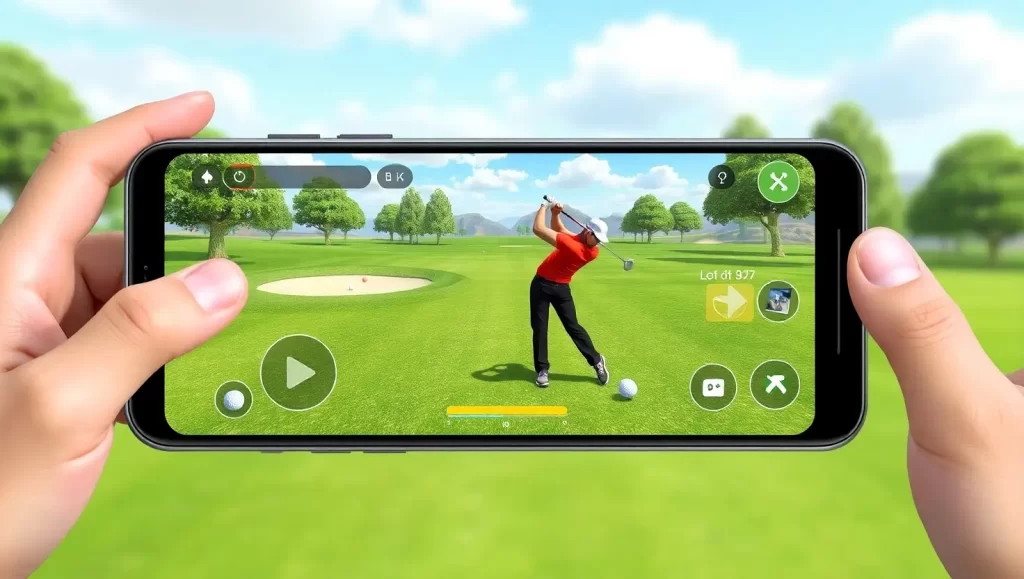When it comes to refining our gaming experience, monitor size is often the unsung hero that determines how deeply we immerse ourselves in those epic quests or fast-paced matches. Picture this: we’re diving into the world of Fortnite, the storm closing in, our focus locked tight. As we scan our surroundings, the right monitor can mean the difference between catching a sneaky opponent and missing them entirely. Monitor size isn’t just about inches and specs—it’s about crafting an experience that pulls us into another world. Let’s see what is the best monitor size for gaming together.
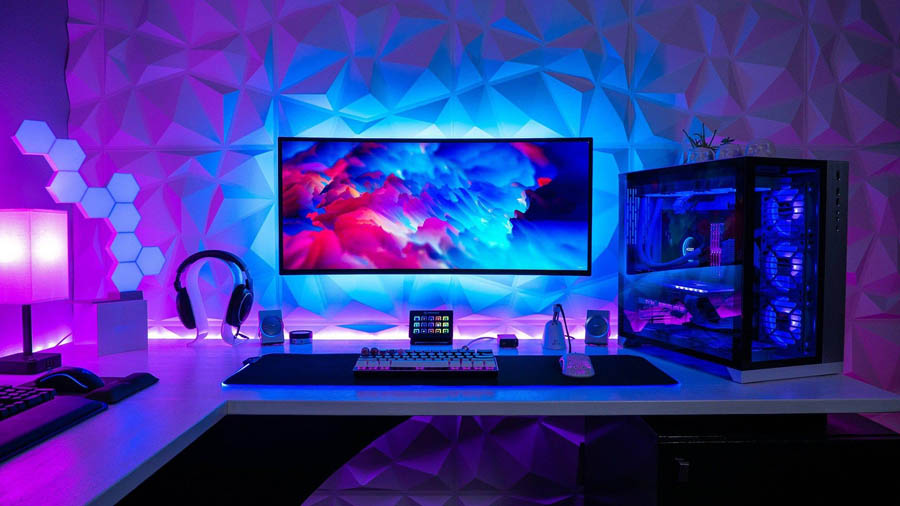
Best Monitor Size for Gaming
In the realm of gaming, size undeniably matters. From immersion to visual clarity, the size of our monitor plays a pivotal role. For instance, diving into an open-world adventure like Red Dead Redemption 2 on an expansive screen can make those breathtaking landscapes feel almost tangible. It’s not just about being closer to the action; it’s about seeing every tiny detail play out in our line of sight. A larger field of view can provide an unparalleled level of immersion, transforming how we experience each game.
Why Monitor Size Matters in Gaming
1. The Power of Immersion
We all know the feeling—losing ourselves in the game, forgetting the world around us as we explore faraway lands or engage in epic battles. Monitor size enhances this immersion by providing a larger, more captivating view. Imagine playing The Witcher 3, every monster encounter magnified, every detail of the lush forests and cities visible as if painted freshly for us to explore.
2. Screen Size and Performance
When we talk about competitive gaming, where precision and reaction times dictate success, the monitor size can subtly influence performance. Smaller screens, typically 24 to 25 inches, are favored by eSports professionals for their ability to keep all necessary information within a glance. On the flip side, larger monitors may require sweeping eye movements that delay our split-second reactions in heated matches, like those in Counter-Strike or Dota 2.
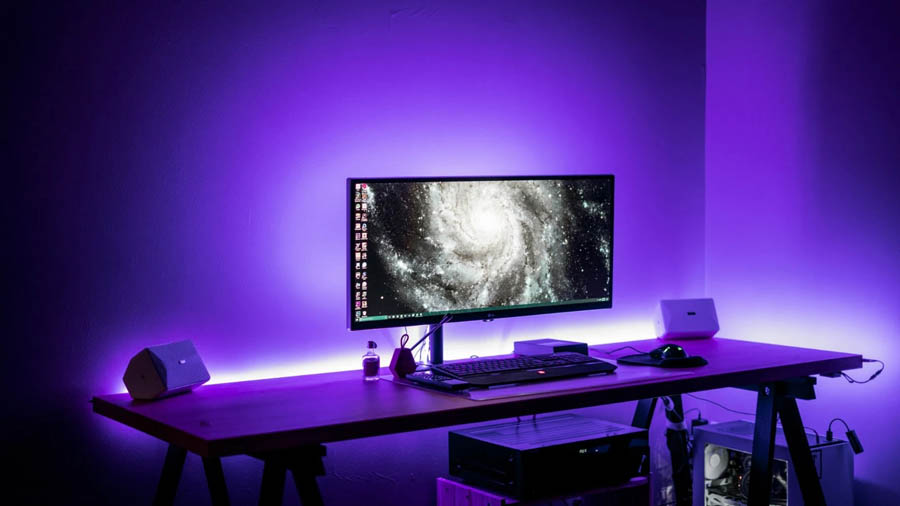
3. Balancing Size with Tech Specs
Beyond immersion and competitive edge, monitor size works in tandem with resolution and refresh rate to deliver the most harmonious gaming experience. Balancing these elements when choosing the best monitor size for gaming ensures we get sharp, vibrant visuals without sacrificing smooth, fast-paced action—a crucial point for any Call of Duty enthusiast aiming for peak graphical performance.
Factors to Consider When Choosing a Monitor Size for Gaming
Understanding what’s at play in selecting the perfect monitor size is critical. Let’s journey through the determining factors that guide us to our ideal screen.
1. Viewing Distance
The distance from which we view our monitor greatly influences the size choice. Sitting too close to a large screen? That’s a recipe for missing the peripheral details. In contrast, a smaller screen might strain our eyes if viewed from afar. Think about your typical setup, and position yourself accordingly.
2. Resolution and Aspect Ratio
With technology advancing, our choices expand in resolution—1080p, 1440p, 4K—and aspect ratios, like the traditional 16:9 or the cinematic 21:9. While a 27-inch monitor pair well with 1440p for a crystal-clear image, those seeking to elevate their Cyberpunk 2077 experience may opt for a 32-inch, 4K display for unparalleled detail.
3. Refresh Rate and Response Time
The combination of size with a refresh rate (how many frames per second the monitor refreshes) can elevate fast-paced gameplay when we discuss the best monitor size for gaming. For swift shooters like Overwatch, a 24-inch screen with a high refresh rate of 144Hz or more keeps our actions fluid and responsive.
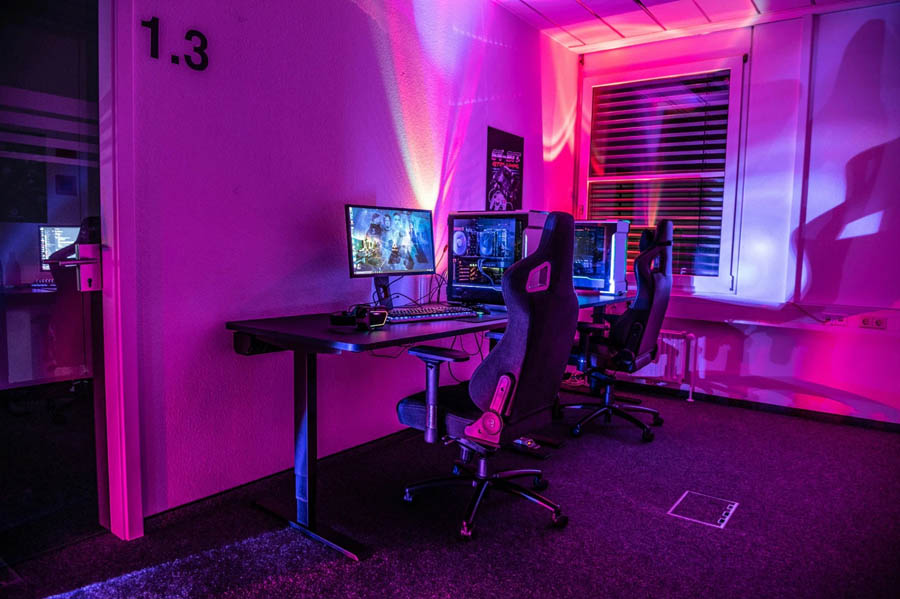
4. Physical Space and Ergonomics
Our gaming setup isn’t just about power—sometimes, it’s about reality. Can our desk support a behemoth display, or should we consider alternatives? Ergonomics play a part too; aligning monitor and eye levels ensures comfort across those marathon sessions in games like RimWorld or Civilization VI.
Best Monitor Sizes for Gaming
Choosing the right size might seem daunting, but fear not. Let’s simplify this with guidance tailored to our gaming styles.
1. 24-25 Inches
These are the champions of competitive gaming. Fast refresh rates, minimal input lag—ideal for when every millisecond counts in League of Legends or Rainbow Six Siege.
2. 27 Inches
The versatile sweet spot. Perfect for any setup with its balance of size, clarity, and affordability, making it an excellent choice for most gamers.
3. 32 Inches and Above
For those of us who seek immersion at its peak in choosing the best monitor size for gaming, 32 inches and beyond, paired with 4K resolution, is the gateway to an engrossing single-player experience, perfect for sprawling titles like Final Fantasy XV.
4. Ultrawide Monitors (34-49 Inches)
Offering both immersion and productivity, ultrawide caters to sprawling environments and multitasking, presenting an unmatched canvas for both gaming and working alike.
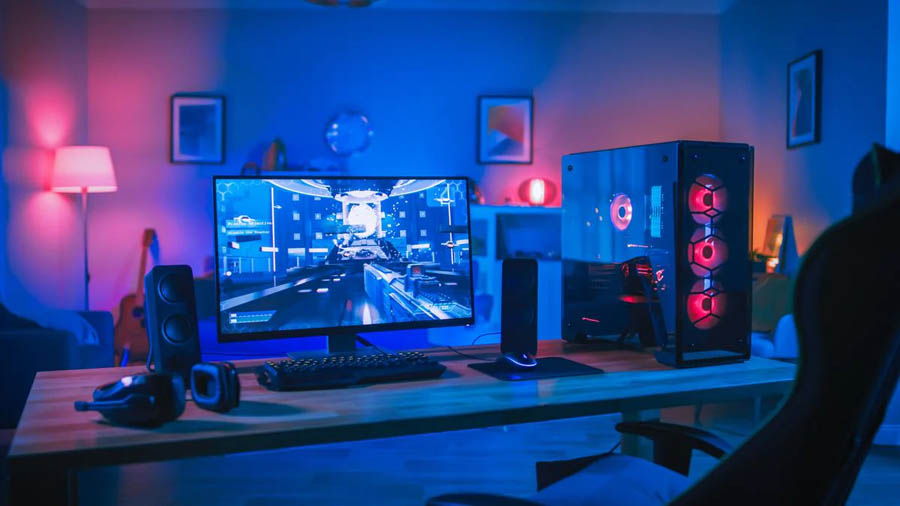
Pros and Cons of Different Monitor Sizes
Here’s a quick snapshot comparing monitor sizes:
- 24-25 Inches: Pros – Competitive edge, fast performance. Cons – Limited immersion, smaller field of view.
- 27 Inches: Pros – Balanced size, great for all games. Cons – Might require slightly higher specs for optimal performance.
- 32 Inches and Above: Pros – Immersive, detail-rich experience. Cons – Requires significant desk space, potentially higher costs.
- Ultrawide: Pros – Expansive view, great for gaming and multitasking. Cons – Requires top-tier hardware for full utilization.
How to Choose the Right Monitor Size for Your Gaming Setup
To land on the perfect size, visualize our gaming routine. Are we driven by competitive wins or marathoning epic narratives? Match the screen with our needs, sit at the ideal distance, and ensure our GPU can support our chosen monitor’s demands.
- Step 1: Think about what type of games you play most.
- Step 2: Assess your desk space and physical room setup.
- Step 3: Confirm that your graphics card can handle the desired resolution and refresh rate.
Top Recommendations for Gaming Monitors by Size
- 24 Inches:
- ASUS ROG Swift PG258Q: Lightning-fast 240Hz refresh rate, G-Sync compatible, robust design.
- 27 Inches:
- Dell S2721DGF: 1440p resolution, 165Hz refresh rate, vibrant color reproduction.
- 32 Inches:
- LG 32UD99-W: Stunning 4K visuals, HDR support, immersive screen real estate.
- Ultrawide:
- LG 34UC79G-B: Smooth 144Hz refresh rate, FreeSync for AMD users, immersive 21:9 aspect ratio.
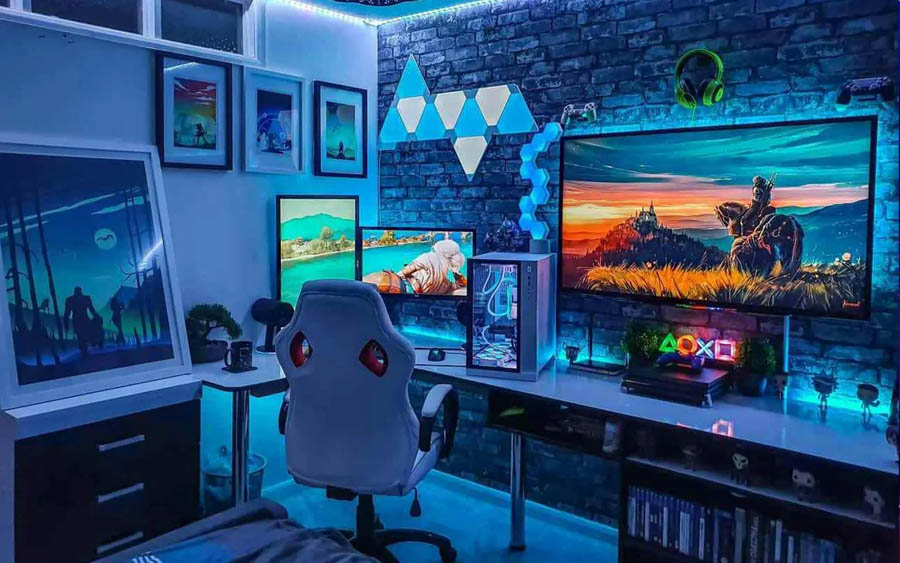
The Impact of Aspect Ratios on Gaming Experience
Talking about the best monitor size for gaming, aspect ratios often overshadowed by the allure of screen size and resolution, play a significant role in defining how we engage with our virtual worlds. The two most prevalent ratios—16:9 and 21:9—offer distinct experiences.
1. 16:9 – The Standard Experience
Widely known as the traditional widescreen format, 16:9 is the most common aspect ratio and is perfect for a broad array of uses. It’s the go-to for most gaming monitors, providing a balanced view that suits games ranging from competitive shooters like Valorant to sprawling open-world adventures such as Assassin’s Creed Valhalla. With this aspect ratio, the screen dimensions allow easy streaming and viewing of content outside of gaming, maintaining its versatility.
2. 21:9 – The Cinematic Canvas
For those yearning for a cinematic and immersive experience, the 21:9 ultrawide aspect ratio is an excellent choice. This aspect ratio enhances our field of view, making it ideal for simulation games like Microsoft Flight Simulator or immersive narratives such as Death Stranding. More of the game’s environment is visible at one time, potentially offering tactical advantages in strategic titles and lending a more encompassing sensation of being inside the game.
Refresh Rate and Resolution: The Dynamic Duo
Understanding the synergy between refresh rate and resolution is crucial for optimal gameplay. Let’s break down what makes this duo important:
- Refresh Rate: Measured in hertz (Hz), the refresh rate indicates how often your screen can update its display per second. Higher refresh rates such as 120Hz or 144Hz are beneficial for fast-paced games like Fortnite, allowing smoother transitions and helping us catch those split-second movements our opponents make.
- Resolution: The number of pixels displayed on our screen, determines how sharp and detailed the visuals appear considering knowing more about the best monitor size for gaming. Higher resolutions, such as 1440p (QHD) or 2160p (4K), bring out the intricacies in games with rich graphics, perfect for artistic visual narratives like Horizon Zero Dawn.
Matching the refresh rate and resolution with our graphics card capabilities is essential. A high refresh rate with a lower graphical quality ensures fast and fluid gameplay, while high resolution offers detailed imagery, each catering to different gaming desires.
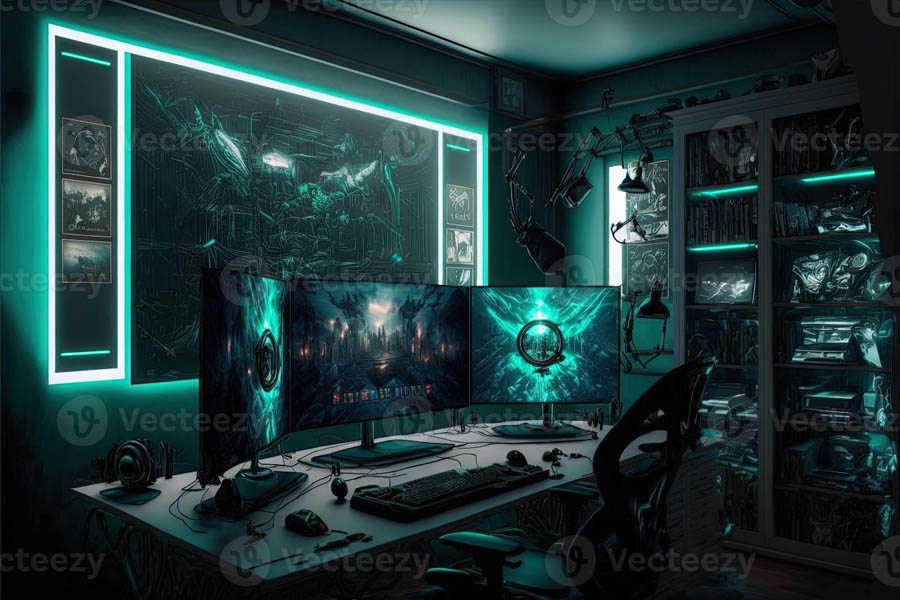
Ergonomics and Monitor Positioning: Keeping Game-Ready
While choosing the perfect monitor features prominently, how we position that monitor also plays a key role in our gaming experience and health.
1. Positioning and Eye Level
Ensuring that our monitor is placed at or slightly below eye level prevents neck strain during extended gaming sessions. Using monitor arms or adjustable stands can aid in achieving the perfect height.
2. Distance for Comfort
We should aim to position our monitor at a distance equal to its diagonal size for optimal viewing comfort. This means a 27-inch screen should ideally be 27 inches away. However, comfort comes first; adjust based on what feels right for our eyes and posture during those intense Apex Legends matches.
Innovations in Monitor Technology: Looking Ahead
The landscape of gaming monitors is ever-evolving when we go deeper into subjects like the best monitor size for gaming, with technological advancements continually redefining what’s possible.
1. OLED and Mini LED Displays
Emerging trends like OLED and Mini LED offer unprecedented picture quality. OLED panels bring exceptional color accuracy and contrast ratios, enhancing dark scenes and vibrant worlds in games like The Last of Us Part II. Mini LEDs provide better backlight control, resulting in superior contrast and deep blacks, crucial for atmospheric horrors like Resident Evil Village.
2. Variable Refresh Rate (VRR) Technology
Technologies such as G-SYNC for NVIDIA graphics cards and FreeSync for AMD help synchronize the monitor’s refresh rate with the GPU’s frame output, reducing screen tearing and stuttering. This makes fast-paced gaming smoother, keeping us at the helm in racing simulations like Forza Horizon 5.
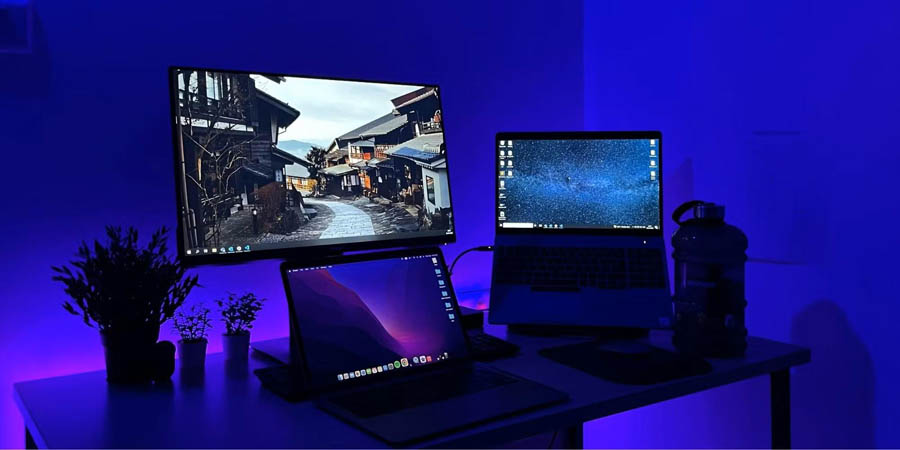
Tailoring Your Setup: Personalizing for Performance
1. Assessing Personal Needs
Determine what your gaming focus is—are you a competitive eSports contender, a narrative-driven adventurer, or perhaps a multitasking streamer? Each path may lead to different monitor specifications that enhance your gaming lifestyle uniquely.
2. Matching Hardware and Goals
Even the most advanced monitor requires an equally capable graphics card and processing power. Before investing in a high-end display, ensure your hardware can support its features. For instance, enjoying a 4K monitor requires a top-tier GPU to handle demanding games at high settings without compromising performance.
Conclusion: Crafting Your Gaming Haven
Selecting the best monitor size for gaming is the art of balancing technical specifications with personal gaming aspirations. As technology progresses, innovations will continue to shape our gaming landscape, providing more thrilling and visually stunning experiences. By carefully choosing the size and features that align with our gaming vision, we can create an environment that not only meets but exceeds our gaming dreams.
Is a curved monitor better for gaming?
Curved monitors can enhance immersion by wrapping the visuals around us, creating a more encompassing field of view, which is beneficial for simulation and open-world games.
Can a bigger monitor improve my gameplay?
While a bigger monitor can offer more immersive visuals, it doesn’t inherently improve gameplay and might even hinder fast-paced games if not balanced with proper refresh rates and response times.
What monitor size is best for dual setups?
For dual setups, 24 to 27 inches is optimal, providing ample screen space without overwhelming your desk, perfect for multitasking across different games and applications.








